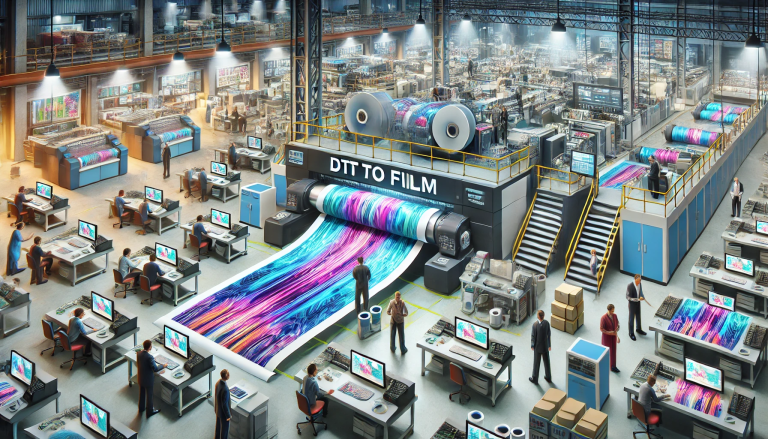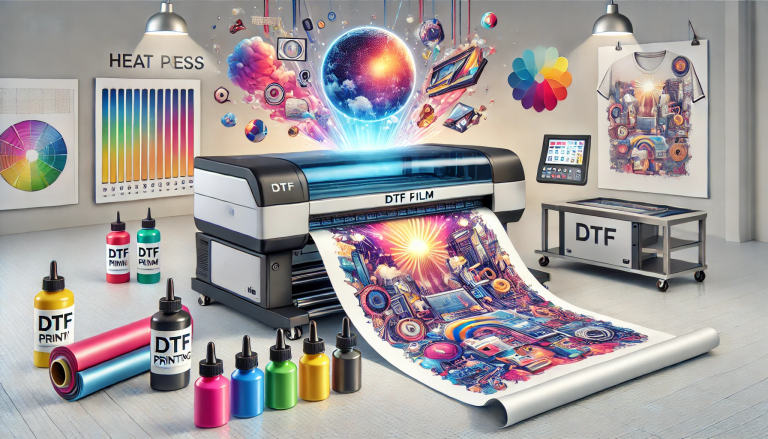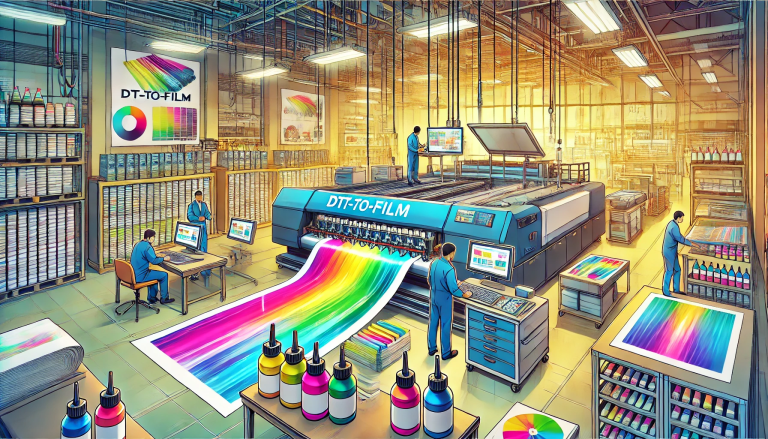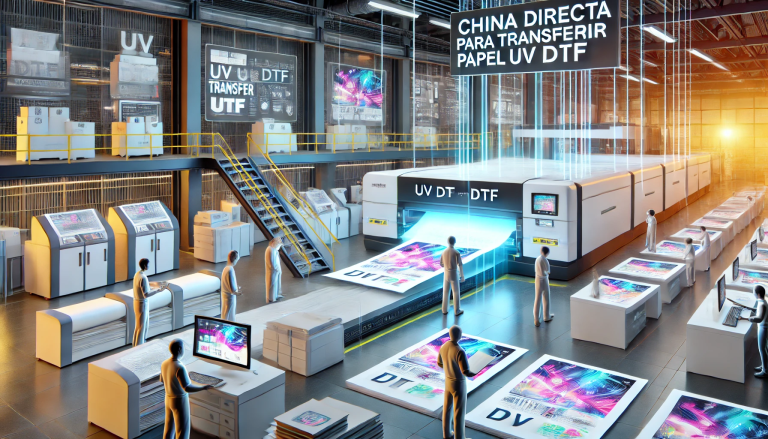“Direct to Transfer UV (DTF) Film: A Game Changer in Printing” -MAXDTF- UV DTF Transfer AB Paper Factory, DTF UV Film Wholesale, Made in China
Printing technology is in a constant state of evolution, always pushing the boundaries of what’s possible. One of the latest innovations making waves in the industry is Direct to Transfer UV (DTF) Film. But what exactly is DTF UV film, and why is it gaining so much attention? Let’s dive in.
What is Direct to Transfer UV (DTF) Film?
Before we delve into DTF UV film, let’s break down the basics of DTF (Direct to Film) printing. DTF printing is a process that involves printing designs directly onto a film, which is then heat transferred onto various substrates like textiles, ceramics, or metal.
The UV aspect refers to the ultraviolet curing technology used in the process. When a design is printed onto the film, UV light is used to instantly cure and dry the ink. This ensures that the ink is immediately set, reducing the risk of smudging or bleeding.
Advantages of DTF UV Film:
- Instant Drying: The use of UV light ensures that the ink dries instantly. This drastically reduces the time between printing and transfer, making the whole process more efficient.
- High-Quality Prints: UV cured inks are known for their sharpness and vibrancy. This means designs transferred from DTF UV films often have brighter and more detailed outputs.
- Durability: UV inks are resistant to water and sunlight, ensuring that the designs last longer even when exposed to harsh conditions.
- Flexibility: The DTF UV process can be used on a range of substrates, from textiles to harder surfaces like wood or metal.
Applications of DTF UV Film:
Given its versatility, DTF UV films are finding applications in various domains:
- Fashion Industry: For vibrant and long-lasting prints on clothing and accessories.
- Signage and Banners: Especially for outdoor signs that need to withstand environmental factors.
- Home Décor: Printing on materials like curtains, cushions, and even furniture.
Environmental Impact and Safety:
One of the areas where UV DTF technology shines is in its environmental footprint. UV inks do not contain solvents, which means they emit minimal volatile organic compounds (VOCs) during the curing process. This not only makes the method more eco-friendly but also creates a safer work environment.
Conclusion:
Direct to Transfer UV film is undeniably setting new standards in the printing world. Its combination of speed, quality, durability, and environmental consciousness makes it an attractive option for businesses and hobbyists alike. As with any technology, it’s essential to keep up-to-date with the latest techniques and best practices to harness its full potential. Whether you’re a seasoned printer or just beginning to explore the world of DTF, the UV method promises to be a game-changer.






